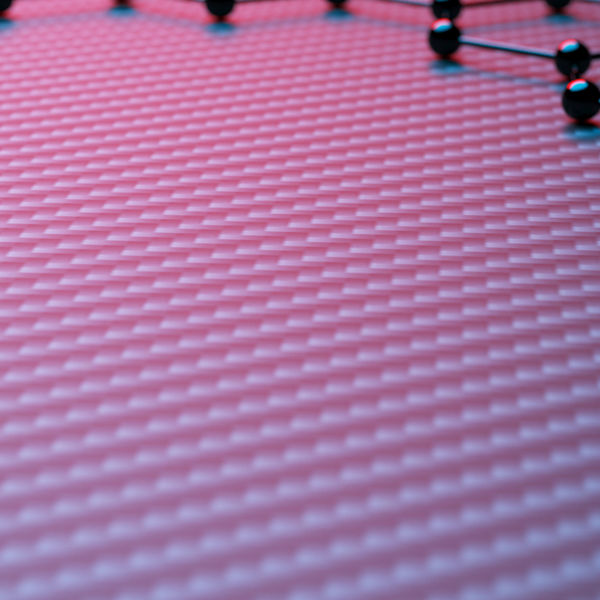In an early October IPEC judgment, Recorder Amanda Michaels grappled with an unusual case in which allegations of trade mark infringement (and passing off) were made against the Defendants, who were said to be using the Claimants’ marks to sell their own goods in a manner that amounted to unlawful ‘bait and switch selling’.
BACKGROUND
Generally speaking, a trade mark proprietor is entitled to prevent a third party from using a sign identical to its mark, in relation to goods or services identical for which their mark is registered.
However, as acknowledged in high profile cases such as M&S v Interflora, difficult questions arise in online advertising, and in particular where use of the proprietor’s mark takes place in the context of AdWords or sponsored links.
When utilising services such as Google Ads, selecting signs identical with another person’s trade mark may not necessarily jeopardise the functions of the proprietor’s trade mark in a manner that amounts to trade mark infringement. Rather, the aim and effect of such online tools may be simply to offer consumers alternatives to proprietor’s the goods and services in a manner that amounts to fair competition.
THE FACTS AND ARGUMENTS
The Claimants (“Pliteq”) manufacture a range of acoustic damping and sound control products for use in construction. Such products are sold under the marks GENIECLIP and GENIEMAT (the “Marks”). Pliteq had originally appointed the First Defendant (“iKoustic”) to be a (non-exclusive) distributor of those products in the UK. Relations between the parties broke down in 2018 resulting in iKoustic ceasing to make any further orders of Pliteq products. iKoustic continued to sell its remaining stock, whilst concurrently developing and retailing an alternative own brand product.
Pliteq argued that iKoustic had unlawfully lured customers into purchasing iKoustic’s own brand products by using the Marks in dynamic Google ads, on iKoustic’s website, and in direct conversations with customers. Pliteq argued that iKoustic’s activities infringed its rights in the Marks under s.10(1) of Trade Marks Act.
iKoustic denied these allegations claiming, in particular, that it had not used the Marks in relation to Google dynamic ads, as the keywords used to produce those ads were selected by Google, not iKoustic. iKoustic further argued that Pliteq’s rights in the Marks had been exhausted in respect of the products in question, such that iKoustic had a defence under s.12(1) of the Trade Marks Act.
JUDGMENT
When does a Google advert constitute “use” of a trade mark?
Importantly, the Court determined that Google ads leading to iKoustic’s website had displayed the Marks, even when the relevant products were out of stock.
Dynamic Google ads are based on the content (including keywords) found and contained on a relevant webpage, rather than through the active selection of keywords by a business. The individual paying for those ads is however able to select sections of their website to be negatively matched by the dynamic ads service, meaning that selected pages would not be used as the basis for ads generated by Google. As the data on which Google bases these ads can sometimes be out of date (the data coming from cached versions of a website obtained by a web crawler), iKoustic argued that they could not be said to be using the Marks in circumstances where it had taken prompt steps to remove pages webpages which promoted out of stock products.
Considering the July CJEU case of MK Advokaten for the first time, alongside the well-known principles of Daimler, the Court held that the dynamic ads could, in principle, constitute “use” under s.10(1) TMA. In particular, Recorder Amanda Michaels commented at §59:
“…The Defendants employed Google to produce the ads for it, and had they wished to do so they could have controlled the material to be included or excluded in adverts. The availability of negative matching in particular meant that these Defendants had the capacity to control of the use of the Marks generated by the dynamic ads services… …Google was acting on the Defendants' behalf. I am therefore satisfied that use of the Marks in those ads, even without positive choice of the terms, did amount to use by the Defendants”
Infringement finding - the exhaustion defence
The Court went on to consider whether the “use” of the Marks could be considered to “affect the origin, advertising and investment functions of the Marks” as pleaded by Pliteq.
Pliteq accepted that the adverts were not confusing (applying Google France), and as such, the Court had to consider if, essentially, iKoustic’s use of the Marks was in relation to Pliteq’s goods, or whether such use was really in respect of, and intended to promote, the goods of the Defendants. If the former, iKoustic submitted that such use was fair and Pliteq’s rights were exhausted (under section 12(1) of the Trade Marks Act).
Following a careful review, the Court agreed with iKoustic, confirming that s.12(1) applied. Even though iKoustic had been found to be using the Marks, they were not committing trade mark infringement. The Court particularly contrasted the facts of this case with the facts of Cosmetic Warriors Limited v Amazon where Amazon had used the Lush trade mark in marketing, despite having no Lush products to sell (and having never sold Lush products).
IMPLICATIONS
This case provides a helpful review and application of trade mark law in the context of online marketing.
Although iKoustic ultimately succeeded in its defence (with one exception), the Court did find “use” of the Marks from a trade mark perspective in the context of third-party advertisements. The onus was therefore on the Defendants to demonstrate that their use of the Marks was fair and lawful. To ensure that they stay the right side of this line, marketeers must ensure that their ads are transparent as to the origin of goods being promoted, in order to comply with the principles of Google France.
Marketing teams must also proceed with caution when procuring third-party marketing services, such as Google Ads. This case provides guidance on when use of a competitor’s trade mark via such services will constitute “trade mark use”. Where a third-party is generating advertisements on your behalf, it will be necessary to use “all reasonable steps to have [misleading content] removed” to avoid liability for “use” of third-party registrations.
Finally, this case demonstrates the need for suppliers to be mindful of the termination provisions in their distribution agreements. If a supplier is particularly reluctant to allow a distributor to sell and market existing stock when a relationship breaks down, a product buyback provision could be one way to prevent downstream disputes, and may have prevented the need for litigation in this case.







